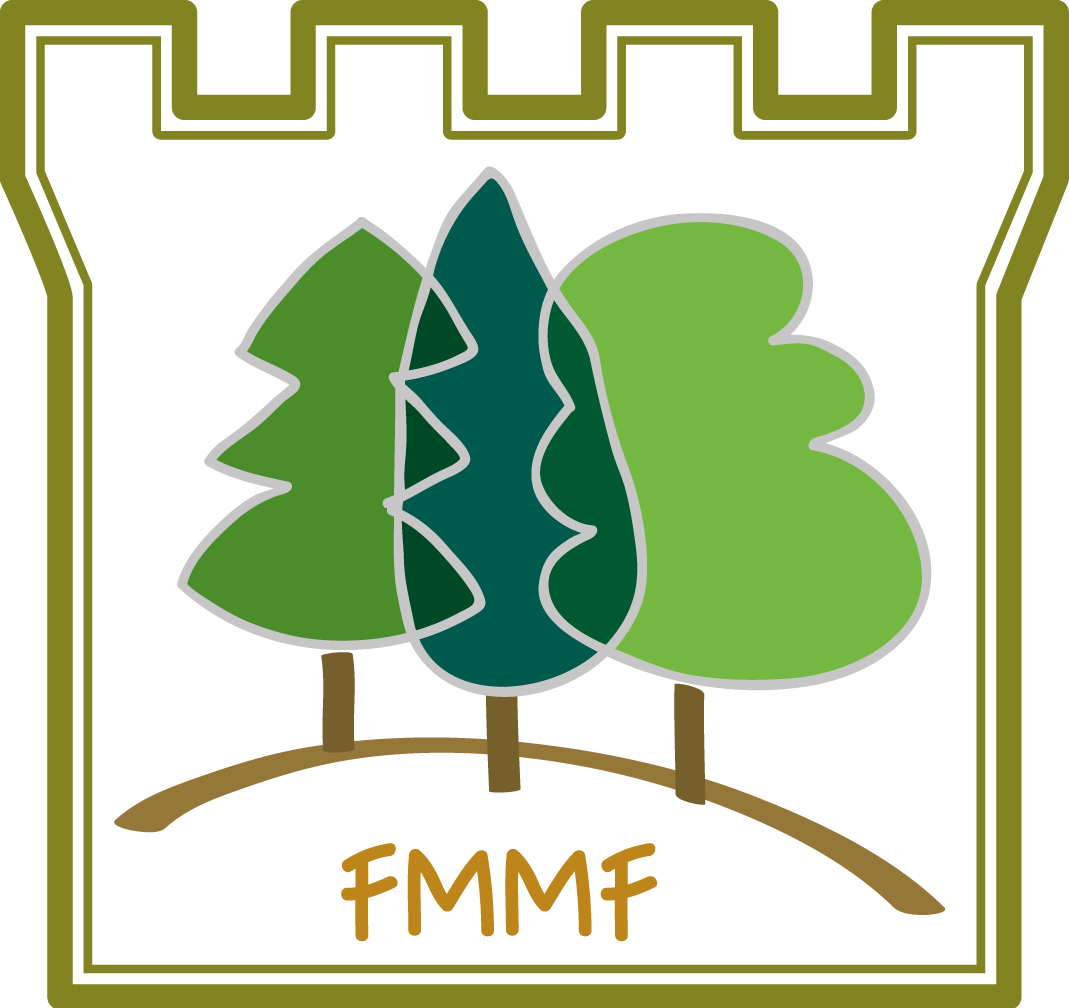Durante ISCHP 2013, Kenneth MacDicken (Senior Forestry Officer FAO) ha
tenuto una relazione sulle prospettive della FAO in merito alla gestione e
conservazione delle risorse forestali.
Nel testo sottostante viene portato l’ esempio positivo quello delle foreste
modello e viene citata espressamente la nostra FMMF
…….
12. FORESTS IN THE LANDSCAPE CONTEXT
Sustainable forest management cannot work in isolation or in constant
competition with other land use
patterns. It must be a practice understood and accepted by society, adopted
by local communities as part of their regular activities and concern, and
supported by the local and national authorities. SFM must generate income
for those directly involved in its practice, while maintaining the other
benefits required for long-term production and conservation of the
resources. While forestry alone cannot solve the major global challenges
related to sustainable development, they are certainly part of the solution.
Hence the importance of bringing forests and forestry to other fora and
debates to make sure other
sectors understand their contribution to economies, as well as for climate
change mitigation, food security, clean energy generation and less-energy
intensive construction materials (wood or bamboo in replacing iron or
concrete), for conservation of biodiversity and for disaster risk reduction,
and various other aspects that require forests to be part of the territorial
planning towards sustainability. An example of this effort can be identified
in the so called “Model Forests”, where individuals and groups supporting a
wide range of forest values agree to collaborate to devise and demonstrate
ways to manage forest-based landscapes and natural resources using
approaches that are both locally acceptable and nationally relevant. In
Model Forests, different people form partnerships to manage their own
natural resources according to their history, their economic situation and
their identity. The International Model Forest Network (IMFN) was launched
by Canada in the early 1990’s to integrate the principles of sustainable
development into forestry. IMFN includes more than 55 sites in over 24
countries on five continents, with thousands of partner organizations. The
Model Forest of the Florentine Mountains is so far the only existing Model
Forest in Italy.
